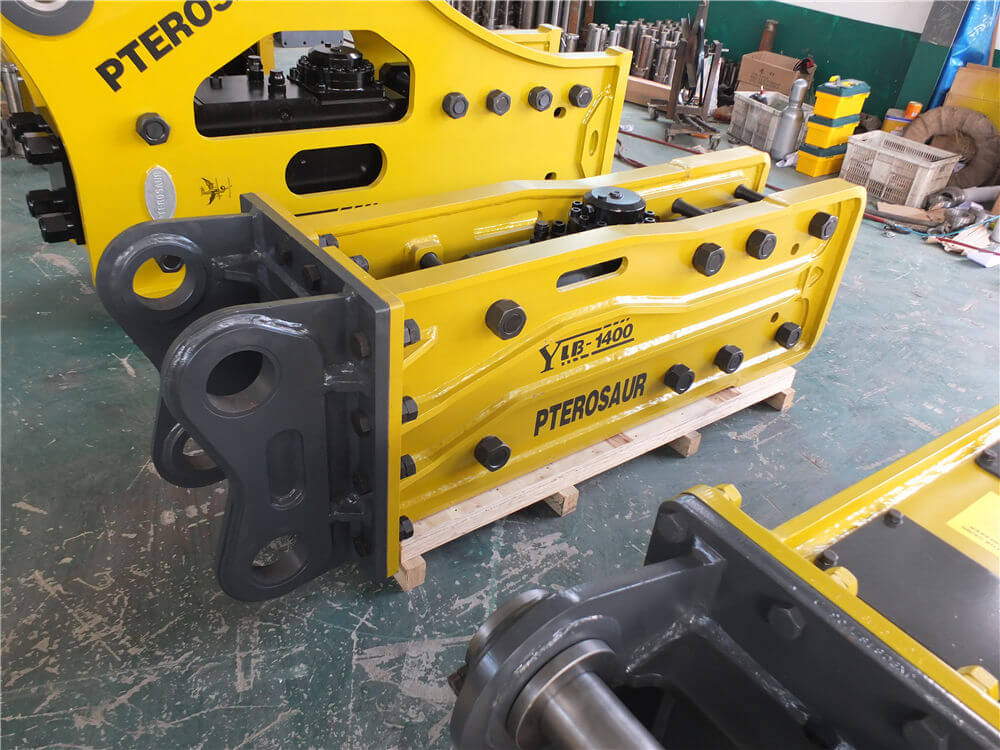Troubleshooting Quick Coupler Issues on the CAT 259D
If you own a CAT 259D Compact Track Loader, you may have encountered problems with the quick coupler system. The quick coupler is an essential component that allows operators to change work tools quickly and easily, enhancing productivity on the job site. However, issues can arise, leading to frustration and downtime. In this article, we’ll explore common problems associated with the CAT 259D quick coupler and provide insights on potential solutions.
Understanding Quick Coupler Functionality
The CAT 259D features an optional electric quick coupler that enables operators to change tools without leaving the cab, allowing for seamless transitions between tasks. This is particularly beneficial in operations requiring multiple attachments, such as buckets, forks, and grapples. The efficiency of this system is vital for maximizing productivity and ensuring that jobs are completed in a timely manner.
Common Quick Coupler Problems
One of the most frequently reported issues is that the quick coupler may quit working altogether. This can be due to several factors, including:
-
Actuator Failure: The actuator is responsible for engaging and disengaging the quick coupler. If it fails, the coupler will not function. In many cases, replacing the actuator can resolve the issue. For example, after installing a new actuator on my CAT 259D, I was able to restore the functionality of the quick coupler.
-
Hydraulic Issues: The quick coupler system relies on hydraulic power. Low hydraulic fluid levels, leaks, or damaged hoses can lead to insufficient pressure, preventing the quick coupler from operating effectively.
-
Mechanical Wear: Over time, the components of the quick coupler can experience wear and tear, leading to malfunctions. Regular inspections can help identify worn parts that need to be replaced to maintain proper function.
-
Electrical Problems: For models equipped with electric quick couplers, electrical issues such as faulty wiring or blown fuses can hinder performance. It is essential to check the electrical connections and ensure everything is in working order.
Troubleshooting Steps
If you’re facing quick coupler problems on your CAT 259D, consider the following troubleshooting steps:
-
Inspect the Actuator: Check for any visible damage or signs of wear. If the actuator is malfunctioning, replacing it may be necessary.
-
Check Hydraulic Fluid Levels: Ensure that your hydraulic fluid levels are adequate and that there are no leaks in the system.
-
Examine Mechanical Components: Look for any signs of wear on the quick coupler and its associated parts. Replace any components that appear to be worn or damaged.
-
Test Electrical Connections: If you have an electric quick coupler, make sure all electrical connections are secure and free from corrosion or damage.
-
Consult Professional Help: If you are unable to resolve the issue on your own, consider reaching out to a professional mechanic or your local CAT dealer for assistance.
Conclusion
The quick coupler on your CAT 259D is a critical feature that enhances the machine’s versatility and productivity. While issues can arise, timely troubleshooting and maintenance can often resolve these problems quickly. Whether it involves replacing the actuator, checking hydraulic systems, or ensuring electrical integrity, staying proactive will help you minimize downtime and keep your CAT 259D operating at peak performance. Additionally, for those looking to purchase a new or used quick coupler, there are various options available for sale, ensuring you can find the right fit for your needs.
For more in-depth guidance, you can also check out online resources such as videos on YouTube that demonstrate common repairs and maintenance tips related to the CAT 259D quick coupler.



































